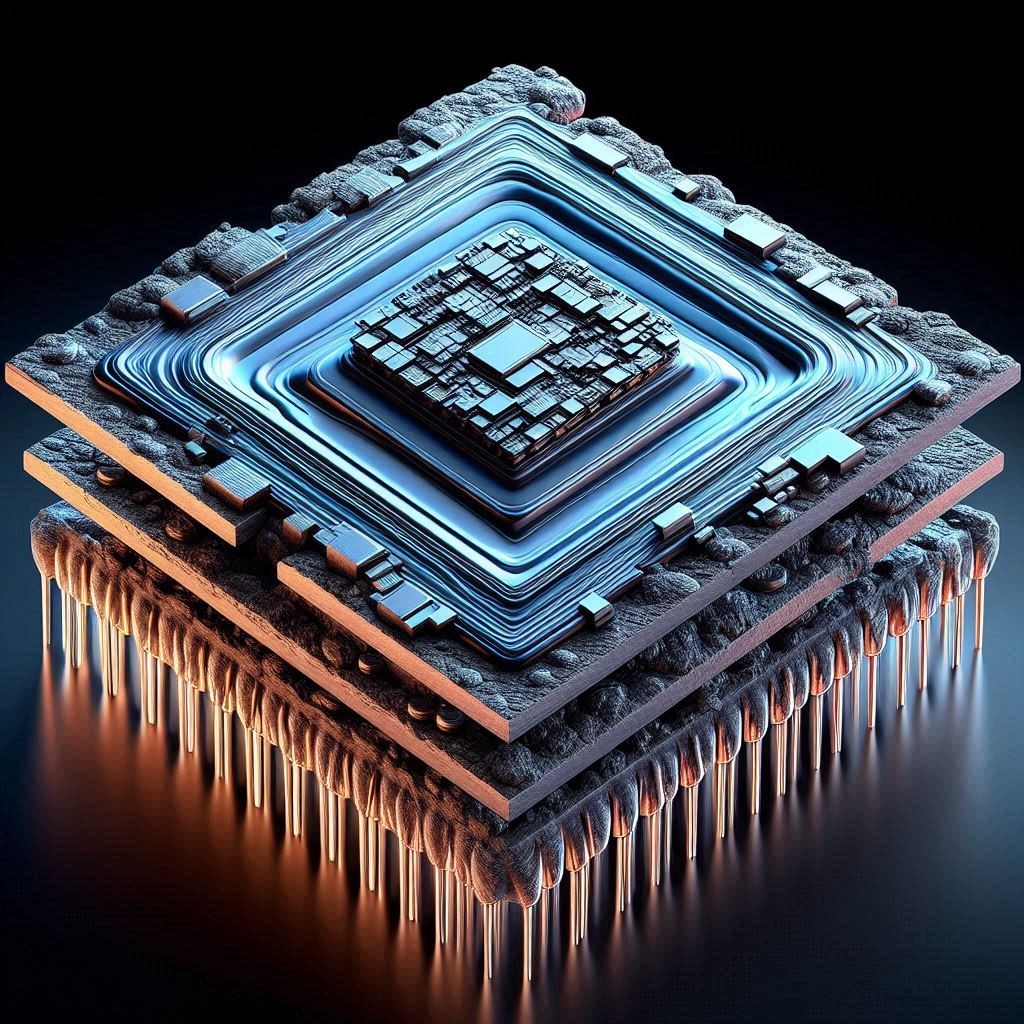The SiC-on-Insulator (SiCOI) film industry is poised for significant growth and transformation, driven by advancements in semiconductor technology and increasing demand for high-performance materials. SiCOI films, which combine silicon carbide (SiC) with an insulating layer, offer unique properties that are highly valued in various high-tech applications. This article explores the future of the SiCOI film industry, examining emerging trends, opportunities, and potential challenges.
Understanding SiC-on-Insulator (SiCOI) Films
What is SiCOI?
SiCOI films are advanced materials where a thin layer of silicon carbide (SiC) is deposited on a silicon or other insulating substrate. SiC is known for its excellent thermal conductivity, high breakdown voltage, and chemical resistance. When combined with an insulating layer, SiCOI films achieve a combination of properties that are beneficial for high-power, high-frequency, and high-temperature applications.
Key Benefits
- Thermal Management: SiCOI films excel in heat dissipation, making them ideal for applications where managing thermal performance is critical.
- High Breakdown Voltage: The high breakdown voltage of SiC enables devices to operate at higher voltages, improving efficiency and performance.
- Chemical Stability: SiCOI films are resistant to chemical attacks, which is advantageous in harsh environments.
- Emerging Trends in the SiCOI Film Industry
Advancements in Material Science
- Enhanced Film Quality: Researchers are continuously improving the quality and uniformity of SiCOI films. Advances in deposition techniques and material processing are leading to higher performance and reliability.
- Novel Substrates: The development of new insulating substrates and innovative combinations with SiC is expanding the range of applications for SiCOI films.
Growing Demand in Electronics
- Power Electronics: SiCOI films are increasingly used in power electronics for applications such as electric vehicles (EVs), renewable energy systems, and industrial machinery. The ability to handle high voltages and temperatures makes SiCOI films essential for these applications.
- High-Frequency Devices: The telecommunications and defense sectors are driving demand for SiCOI films in high-frequency and high-speed electronics. SiCOI’s excellent electrical characteristics are ideal for these demanding applications.
The SiC-on-insulator (SiCOI) film industry size is projected to reach USD 1,134 million by 2029 from USD 37 million in 2024, at a CAGR of 98.1% from 2024 to 2029. Increasing demand for high-power electronics across various industries, the growing emphasis on energy efficiency and sustainability, and expanding telecommunication and data communication networks are some major factors driving the growth of the SiC-on-Insulator (SiCOI) film industry . Moreover, Industry collaborations, involving SiCCOI film manufacturers, and power device manufacturers, fuel market expansion, driving innovation and advancing the overall immersive technology ecosystem.
Download PDF Brochure @
https://www.marketsandmarkets.com/pdfdownloadNew.asp?id=219983941

Integration with Advanced Technologies
- Microelectronics and MEMS: The integration of SiCOI films with microelectromechanical systems (MEMS) and other advanced microelectronics is opening new avenues for innovation. SiCOI films provide the necessary stability and performance for these miniature devices.
- 3D Integration: SiCOI films are being explored for use in 3D integration technologies, where multiple layers of electronic circuits are stacked to enhance performance and reduce size.
- Opportunities for Growth
Expanding Application Areas
- Automotive Industry: The automotive industry’s shift towards electric and hybrid vehicles presents significant opportunities for SiCOI films. Their ability to handle high power and temperature makes them suitable for use in power modules and charging systems.
- Renewable Energy: SiCOI films are valuable for renewable energy systems, including solar inverters and wind turbine controllers, due to their thermal management and efficiency characteristics.
Research and Development Investments
- Innovation in Manufacturing Techniques: Continued investment in R&D is essential for advancing manufacturing techniques and scaling up production. Innovations in film deposition and processing will drive further growth in the industry.
- Collaborations and Partnerships: Collaborations between material scientists, semiconductor manufacturers, and end-users can accelerate the development and commercialization of SiCOI technologies.
Market Expansion
- Emerging Markets: As technology advances and costs decrease, SiCOI films are expected to penetrate emerging markets and applications. Growing industrialization and technological adoption in developing regions will drive demand.
- Challenges and Considerations
High Production Costs
- Cost of Materials: The production of SiCOI films involves expensive raw materials and sophisticated manufacturing processes. Reducing costs through technological advancements and economies of scale is crucial for market expansion.
- Complex Manufacturing: The complexity of fabricating high-quality SiCOI films can be a barrier to widespread adoption. Streamlining manufacturing processes and improving yield rates are ongoing challenges.
Market Competition
- Competitive Landscape: The SiCOI film industry faces competition from other advanced materials and technologies. Companies must differentiate themselves through innovation, performance, and cost-effectiveness to remain competitive.
- Intellectual Property: Protecting intellectual property and navigating patent issues are important considerations for companies involved in SiCOI film development.
Environmental and Sustainability Concerns
- Environmental Impact: The production and disposal of SiCOI films must be managed with environmental sustainability in mind. Developing eco-friendly manufacturing processes and recycling strategies is essential for minimizing environmental impact.
Future Outlook of SiC-on-Insulator (SiCOI) Film Industry
Continued Innovation
The future of the SiCOI film industry is bright, with ongoing advancements in material science and manufacturing techniques driving innovation. As demand for high-performance materials grows, SiCOI films will play an increasingly important role in electronics and other high-tech applications.
Broader Adoption
SiCOI films are expected to see broader adoption across various industries, including automotive, renewable energy, and telecommunications. Their unique properties and benefits will make them a preferred choice for many high-performance applications.
Sustainable Development in SiC-on-Insulator (SiCOI) Film Industry
The industry’s focus on sustainability will shape its future. Developing cost-effective and environmentally friendly production processes will be key to ensuring long-term growth and acceptance of SiCOI technologies.
The SiC-on-Insulator (SiCOI) film industry is on the cusp of significant transformation, driven by advancements in material science, growing demand across various sectors, and continued innovation. While challenges such as high production costs and market competition exist, the opportunities for growth and expansion are substantial. As the industry evolves, SiCOI films will play a critical role in shaping the future of high-performance electronics, offering enhanced thermal management, high breakdown voltage, and chemical stability. With ongoing research and development, the SiCOI film industry is well-positioned for a promising future.
